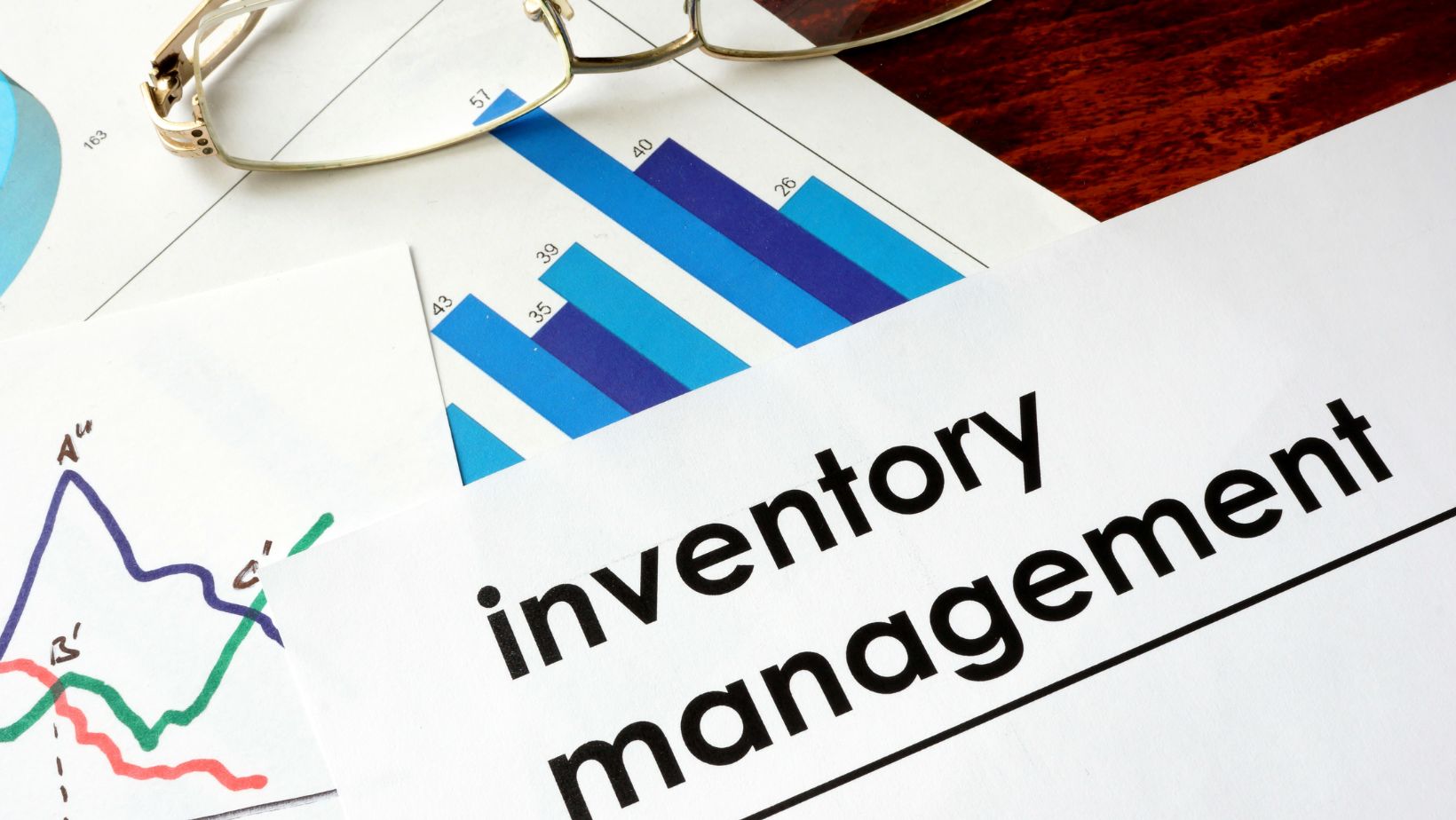
In today’s competitive business landscape, efficiency is the name of the game. One area where this rings particularly true is inventory management. Enter the inventory optimization system—a game-changer for businesses big and small.
This innovative tool offers a solution to common inventory woes, like overstocking, understocking, and mismanaged resources. It’s not just about keeping your stockroom full; it’s about smart, strategic planning that saves time, money, and stress.
So, whether you’re a seasoned business owner or a budding entrepreneur, understanding the ins and outs of an inventory optimization system can give you a significant edge.
Inventory Optimization System
Delving into the specifics of inventory optimization systems enhances comprehension. These sophisticated systems are transforming business operations and strategically addressing inventory-related challenges.
An Inventory Optimization System, often dubbed as ‘smart inventory management,’ emerges as a technological solution for inventory quandaries. It’s a combination of technology, processes, and strategies aimed at ensuring that a company holds the optimal quantity of each product, mitigating issues such as overstocking and understocking. It employs analytical models and algorithms to predict demand and determine the ideal stock levels, factoring in supply chain variables like lead times and service levels. Through this approach, it ensures that businesses maintain the right balance and control over their inventory, enhancing their efficiency and profitability.
The Importance of Inventory Optimization for Business
 Inventory Optimization holds great significance in today’s dynamic business atmosphere. It does more than maintaining an adequate stock level. By streamlining inventory management, it ensures smoother operations, minimizes stockouts and over-supply situations, thereby enhancing customer satisfaction and loyalty.
Inventory Optimization holds great significance in today’s dynamic business atmosphere. It does more than maintaining an adequate stock level. By streamlining inventory management, it ensures smoother operations, minimizes stockouts and over-supply situations, thereby enhancing customer satisfaction and loyalty.
Moreover, it facilitates smarter decision making, offering valuable insights on sales patterns, customer behavior, and market trends. It also promotes financial health by reducing costs associated with excessive stock-holding and warehousing. Such cost-efficiency, when coupled with improved service levels, leads to higher profit margins.
The Core Features of an Inventory Optimization System
Empowering businesses with strategic inventory control, an inventory optimization system exhibits distinctive features. These facilitate proficient inventory management processes.
Automatic Inventory Replenishment
 A standout feature, automated inventory replenishment, deregulates the manual checks for reordering. The system actively tracks the inventory and triggers reorders when stock levels stoop to a pre-configured point. It reduces the risk of overselling and understocking. For instance, if a business has set a reorder point for Product A at 500 units, the system initiates a reorder when the stock reaches this level. This ensures the company maintains an adequate stock level without any manual intervention.
A standout feature, automated inventory replenishment, deregulates the manual checks for reordering. The system actively tracks the inventory and triggers reorders when stock levels stoop to a pre-configured point. It reduces the risk of overselling and understocking. For instance, if a business has set a reorder point for Product A at 500 units, the system initiates a reorder when the stock reaches this level. This ensures the company maintains an adequate stock level without any manual intervention.
Multi-Location Management
Managing inventory across various locations necessitates an efficient system. It’s where the multi-location management feature of inventory optimization systems cones into play. This feature synchronizes data from multiple warehouses or stores, consolidating them into a unified dashboard view. It helps in tracking and distributing resources more efficiently. For a business with distribution centers in New York, Houston, and San Francisco, it’s easier to balance inventory and manage distributions with this feature.
Advanced Forecasting and Analytics
Capitalizing on historical data and algorithms, inventory optimization systems offer advanced forecasting and analytics. They predict future sales trends, assisting in making informed buying decisions. For example, if an e-commerce store consistently sells 100 winter jackets every November, the system recommends stocking up ahead of time. Besides, the analytics component provides insights into inventory turnover, most profitable products, and slow-moving items, aiding in decision-making for stocking and markdown strategies.
Evaluating the Ultimate Inventory Optimization Systems
 Optimizing inventory management isn’t just a trend; it’s a business necessity. It’s clear that the right inventory optimization system can revolutionize a company’s operations. By leveraging advanced analytics, businesses can predict demand, streamline inventory levels, and make smarter decisions, all while reducing costs. The system’s core features, like automatic replenishment, multi-location management, and advanced forecasting, offer a strategic advantage, ensuring businesses stay ahead of the curve. They’re not just managing inventory; they’re mastering it. And in today’s competitive landscape, that’s exactly what’s needed. So, when it comes to inventory management, it’s time to think bigger, think better, and think optimized. With the right system in place, businesses can transform their inventory challenges into strategic opportunities.
Optimizing inventory management isn’t just a trend; it’s a business necessity. It’s clear that the right inventory optimization system can revolutionize a company’s operations. By leveraging advanced analytics, businesses can predict demand, streamline inventory levels, and make smarter decisions, all while reducing costs. The system’s core features, like automatic replenishment, multi-location management, and advanced forecasting, offer a strategic advantage, ensuring businesses stay ahead of the curve. They’re not just managing inventory; they’re mastering it. And in today’s competitive landscape, that’s exactly what’s needed. So, when it comes to inventory management, it’s time to think bigger, think better, and think optimized. With the right system in place, businesses can transform their inventory challenges into strategic opportunities.
